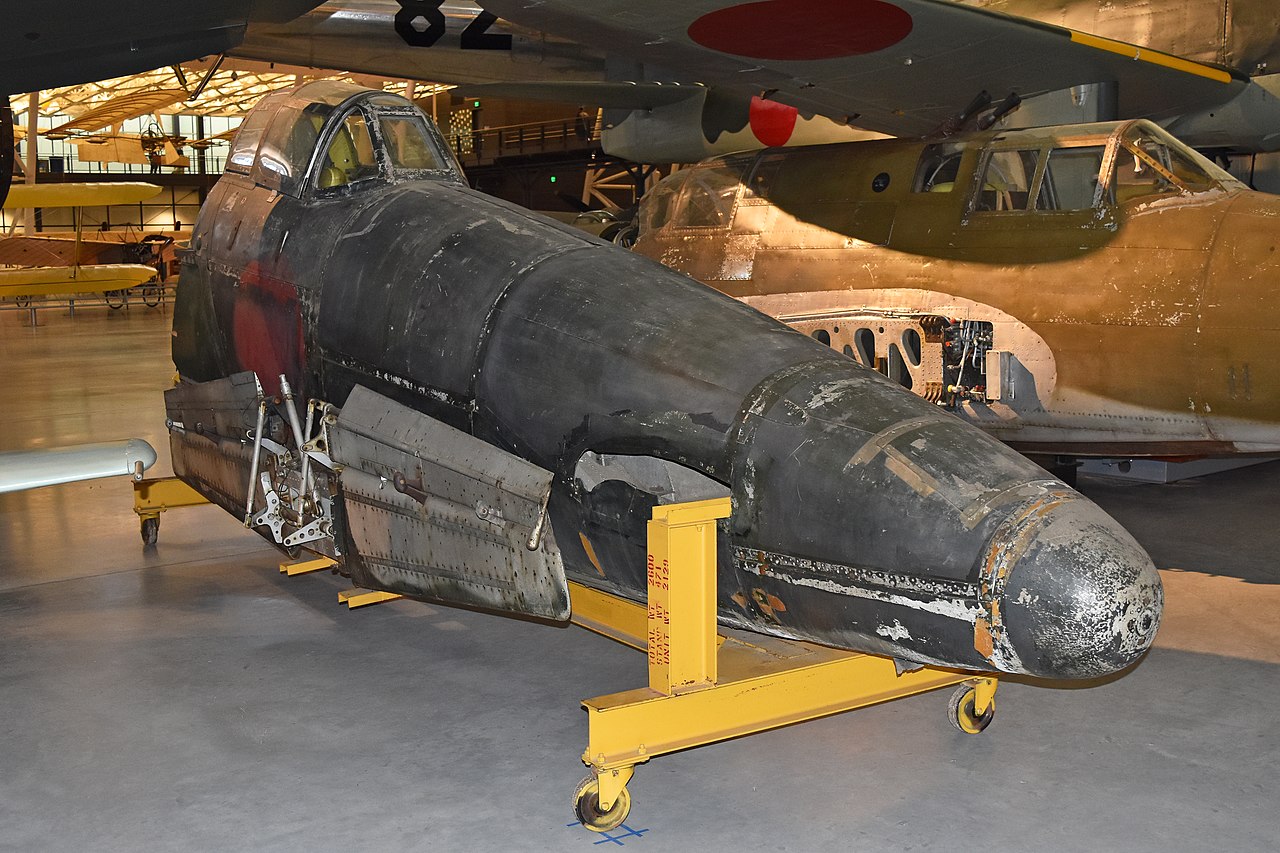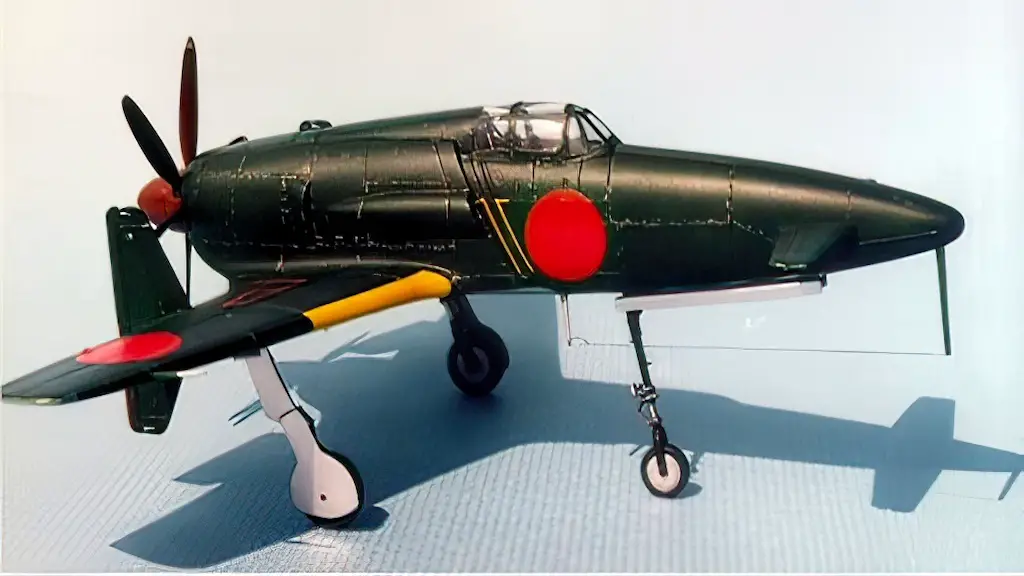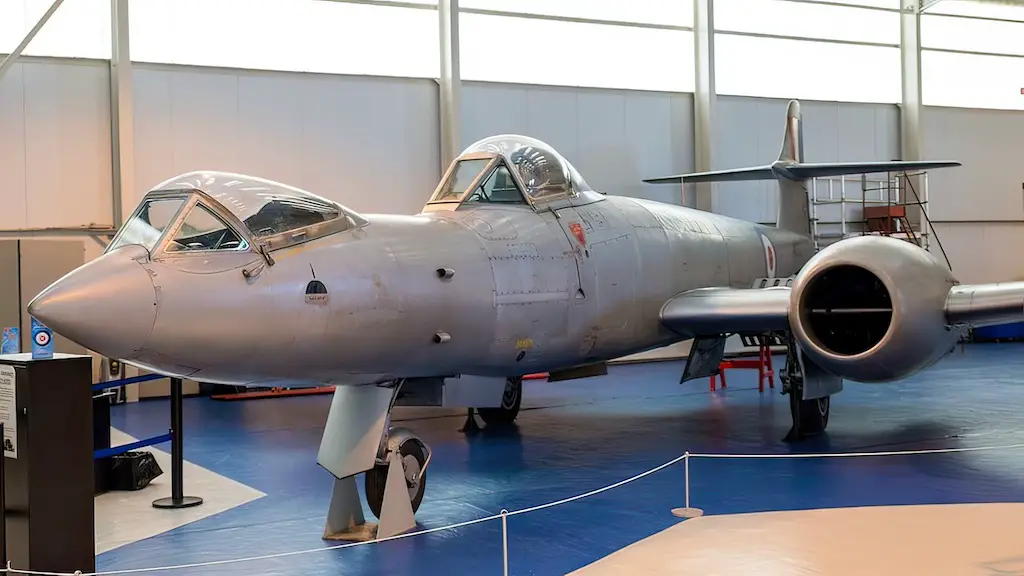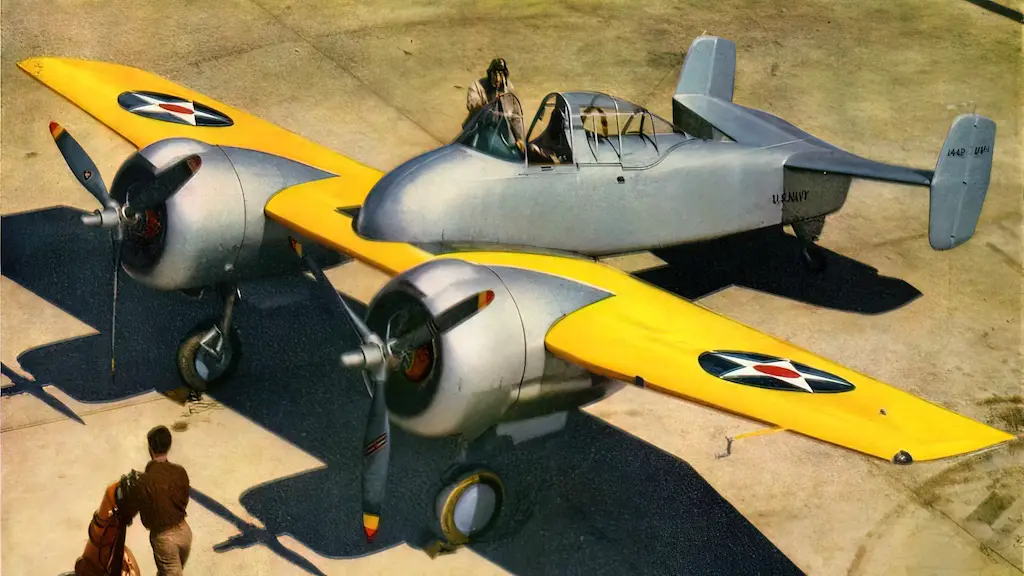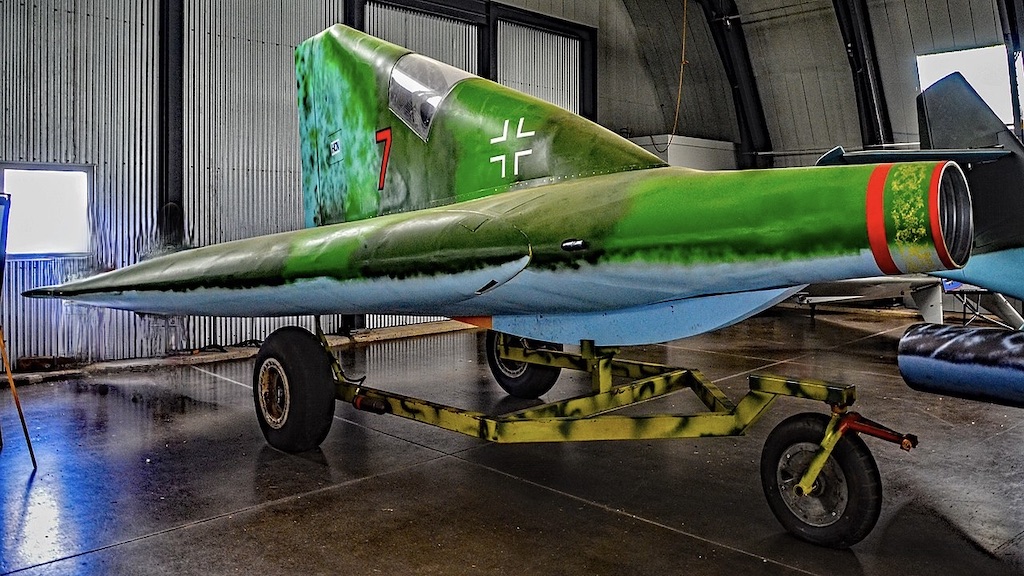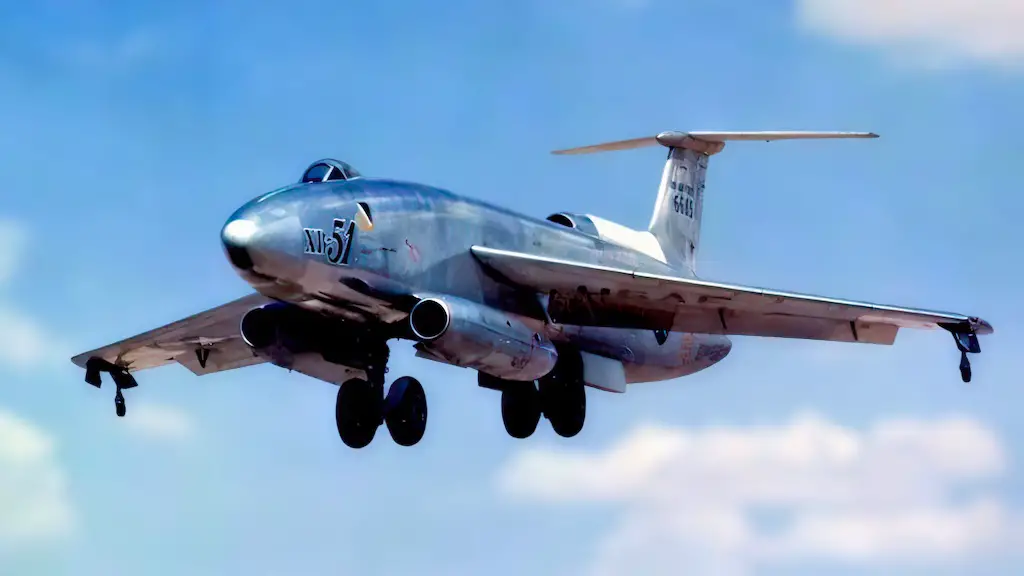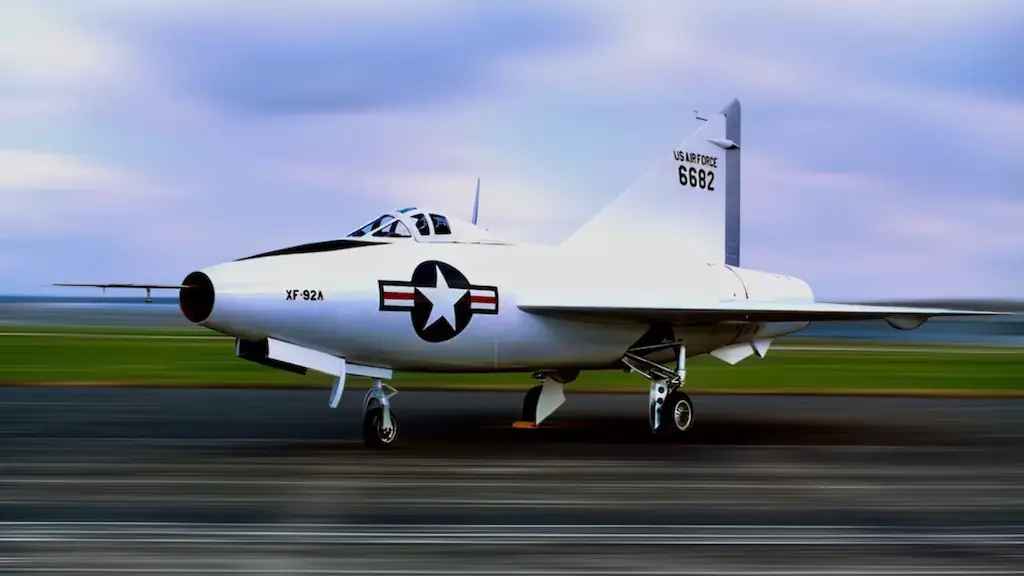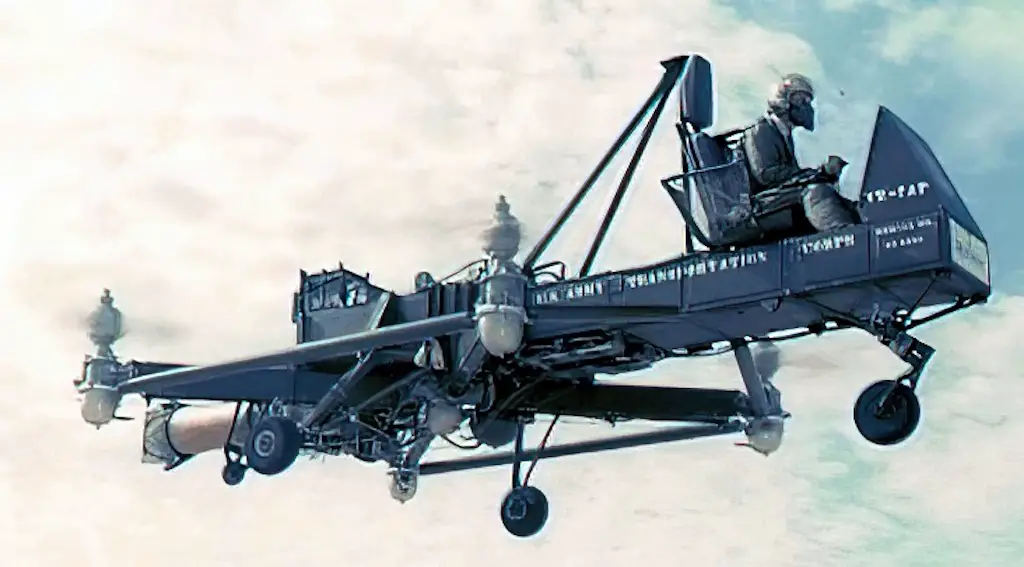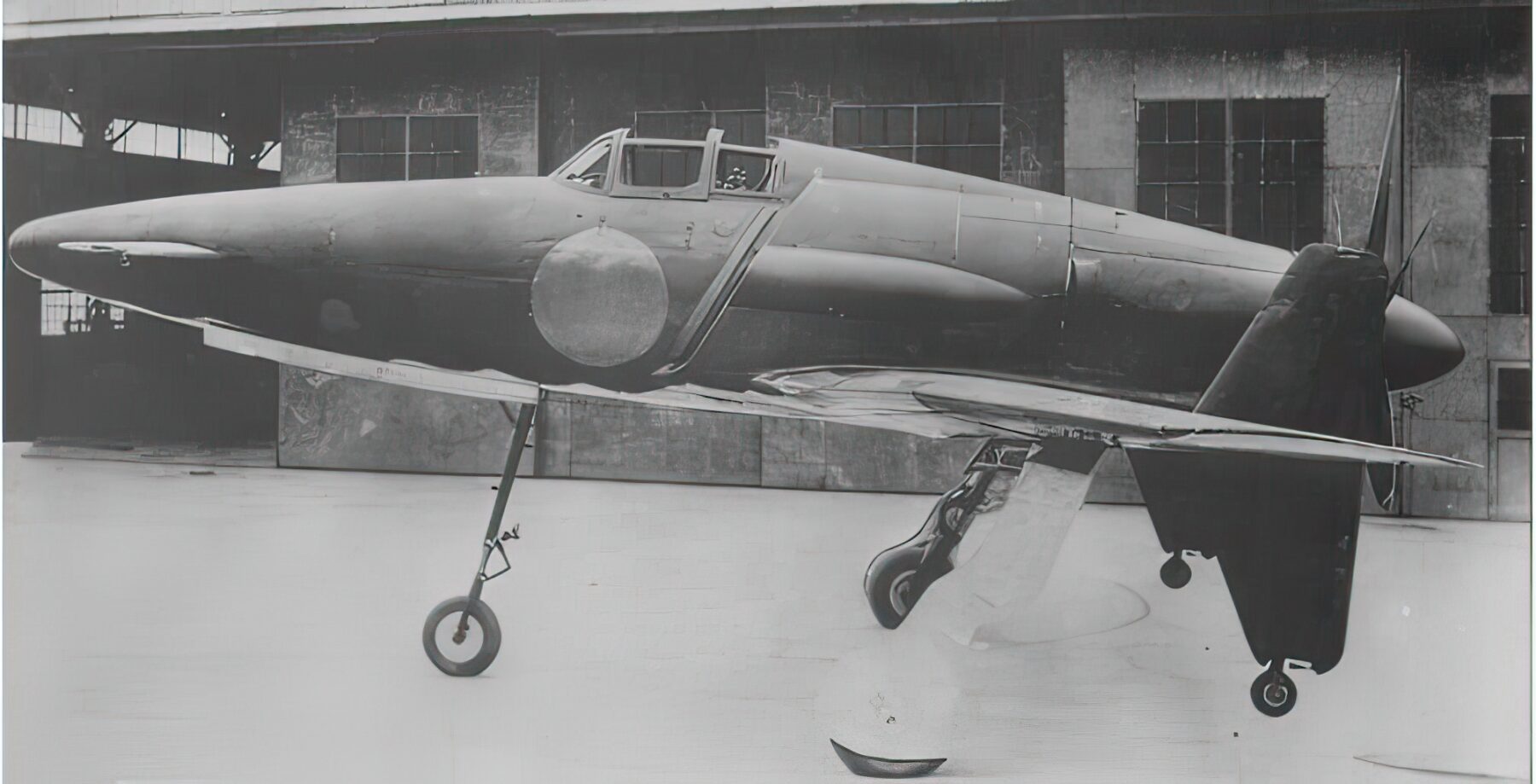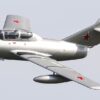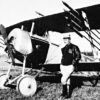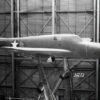Specifications
The Kyushu J7W Shinden, an interceptor plane, stands out amidst the numerous technological advancements achieved by Japan during the tumultuous World War II. Its unique canard design, comprising of smaller wings towards the front and main ones towards the back, was meticulously crafted to intercept and engage enemy aircraft at soaring altitudes. The Mitsubishi Ha-43 engine, with a prodigious capacity of producing 2,130 horsepower, empowered the Shinden to soar at a top speed of 750 km/h, thereby rendering it a formidable force in the skies.
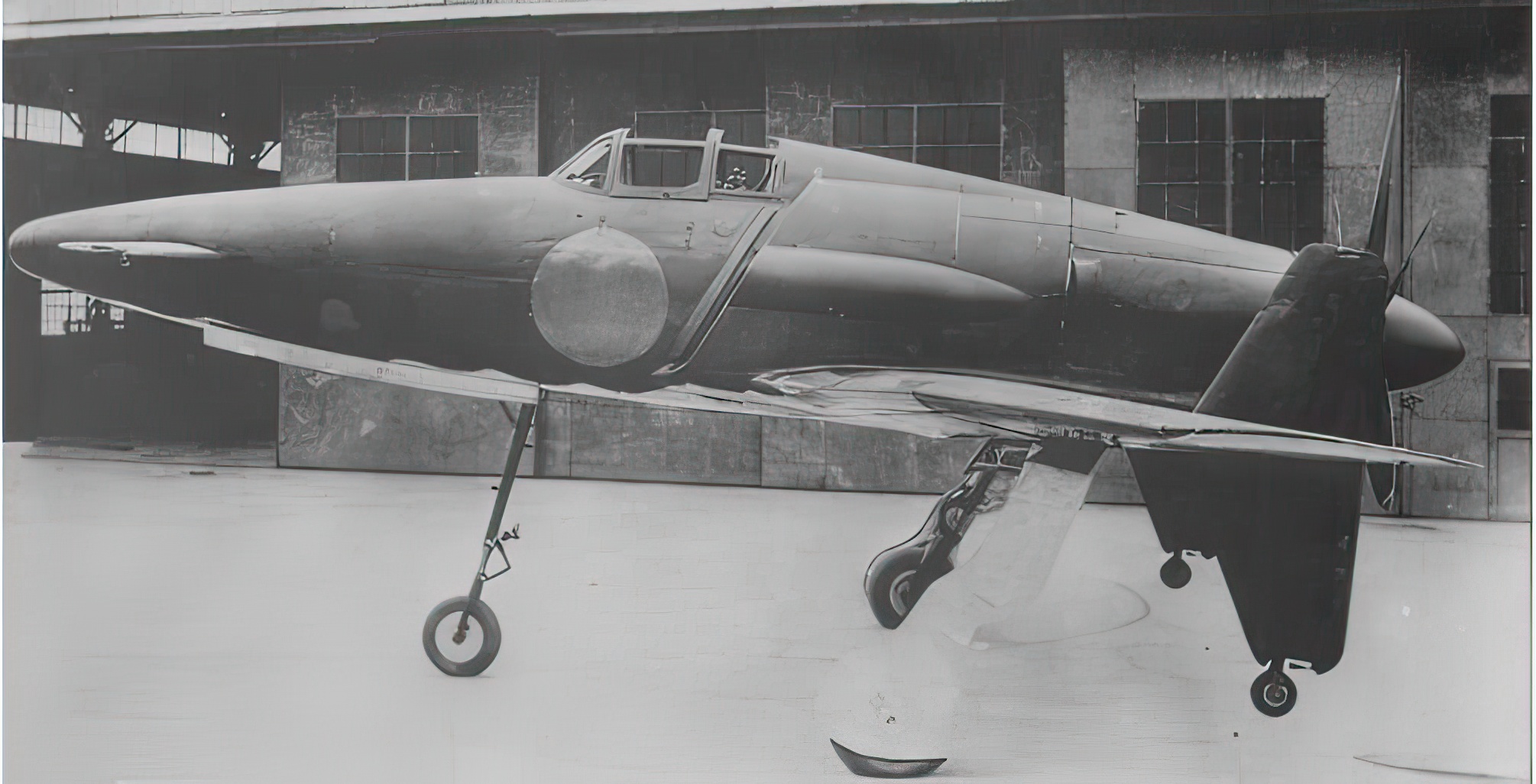
The cockpit, situated towards the back of the aircraft, offered the pilot with an extensive panoramic view of the airspace around them, while the four 30mm cannon mounted in the nose could unleash up to 800 rounds per minute, thus making it an overwhelmingly powerful weapon.
However, despite its awe-inspiring features, the Shinden was never able to partake in any combat, as Japan surrendered in 1945. Nonetheless, it remains an extraordinary testament to Japan’s technological advancements during the war, and a symbol of the country’s preeminence in the arena of aviation.
Design and Development
The Shinden was the brainchild of the project’s lead designer, Tsuruo Takeshi. Takeshi’s innovative design incorporated a canard configuration, with smaller wings situated at the front of the aircraft and main wings located at the back. This design allowed for enhanced maneuverability and stability at high speeds and altitudes. The power plant that propelled the Shinden was the Mitsubishi Ha-43, an 18-cylinder, air-cooled radial engine that boasted an impressive 2,130 horsepower. The engine was coupled with a three-blade propeller capable of rotating in either direction, providing the pilot with the ability to execute swift turns and maneuvers.
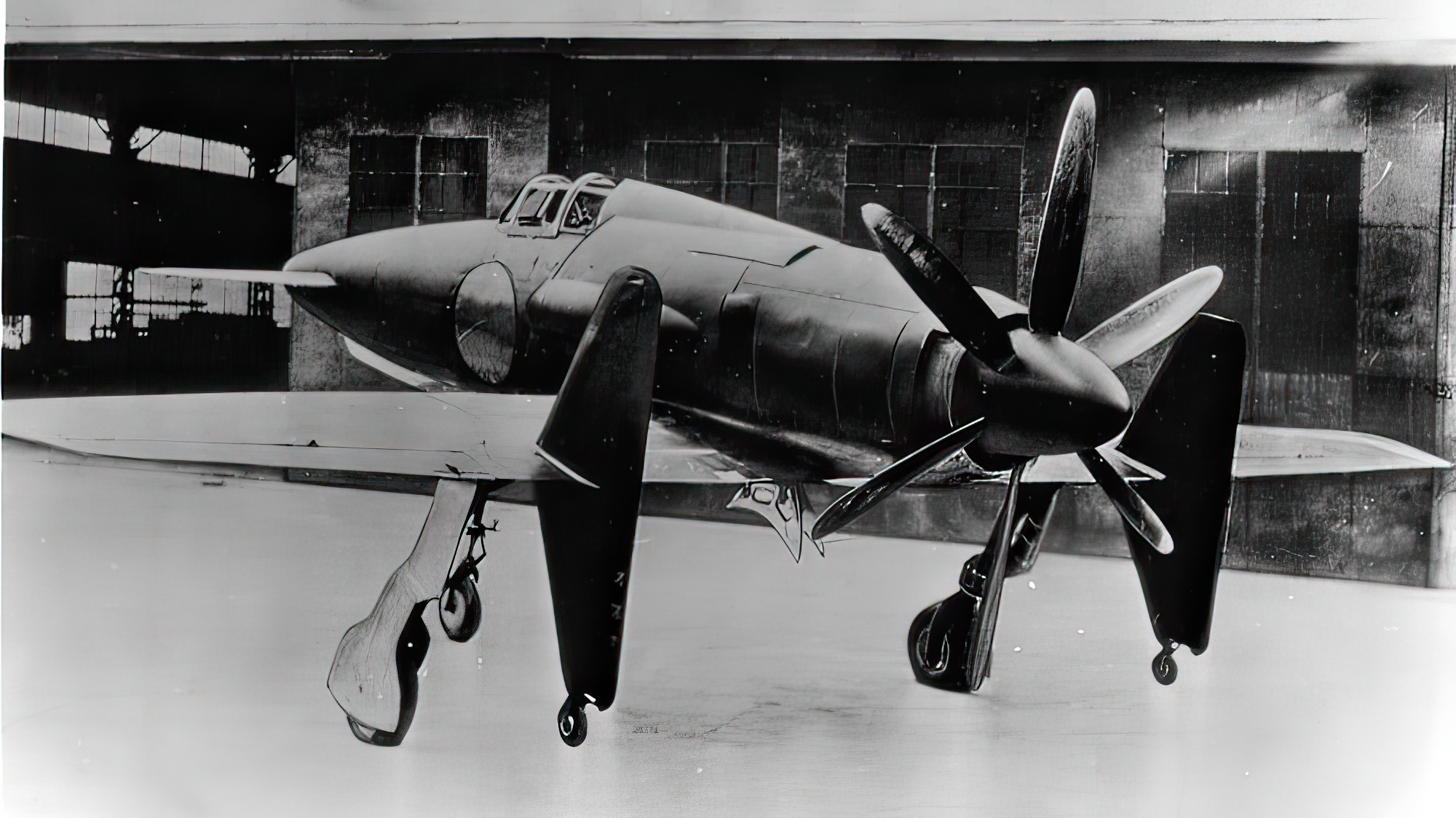
The Shinden was also equipped with four 30mm Type 5 cannon, which were mounted in the aircraft’s nose. Additionally, it featured a retractable undercarriage that enabled it to achieve greater speeds during flight. Despite its advanced design and capabilities, the development of the Shinden was hindered by material and resource shortages brought on by Japan’s war effort.
The first prototype was completed in March of 1945, but it wasn’t until August of that year that it took to the skies. Regrettably, the war concluded before the Shinden could be produced or utilized in combat. Only two prototypes were ever constructed, and they were ultimately destroyed by Allied forces during the occupation of Japan. Nonetheless, the Shinden remains a remarkable testament to Japan’s cutting-edge aviation technology during World War II and has become an icon in the annals of aviation history.
